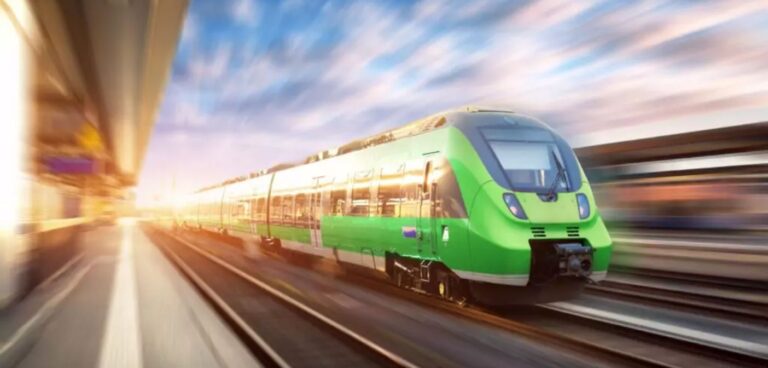A new partnership between Unipart Rail and FuelActive will see the companies work together to develop a new solution to limit the impact of fuel contamination on train engines, which it expects will lead to significant reductions in fuel consumption, carbon emissions, and maintenance costs.
FuelActive has already developed solutions for clients in a wide range of industries including providing cleaner fuel solutions for HGVs, buses, boats, construction vehicles, and military equipment. Now, together with Unipart, it will work to provide a similar solution for the rail industry.
The technology works by having a FuelActive fuel pick-up unit installed to replace the standard fuel pick-up pipe in a diesel engine. This means that instead of fuel entering the engine from the bottom of the tank, where most of the contamination is, the floating pick-up unit will supply fuel lines with the cleanest fuel available in the tank.
FuelActive claims that this system delivers 92% cleaner fuel to diesel engines. The benefits of this start with reduced fuel consumption, as the burning of cleaner fuel improves fuel efficiency. Another benefit is the potential cost reductions. By cutting the amount of contaminated fuel entering fuel lines, the chance of blockages and damages to components is lower. If this results in fewer breakdowns, it could save time and money associated with maintaining or replacing vehicles. Furthermore, burning cleaner fuel obviously has environmental advantages, reducing CO₂ emissions by up to 5% according to FuelActive.
With many companies turning to electrification and alternative fuels to reduce emissions, it is interesting to see other solutions such as this which seek to maximise efficiency and minimise emissions in vehicles with existing diesel engines.
Neil McNicholas, Managing Director of Unipart Rail, said: “This partnership demonstrates the commitment that the two organisations have to reducing the environmental impacts of diesel engines, whilst improving performance and achieving cost savings for customers.
“The work to design the interface in the fuel tank and installation of the product will be conducted jointly between the companies, further demonstrating the trust in each other and the shared vision to improve the performance of the whole rail industry.”







